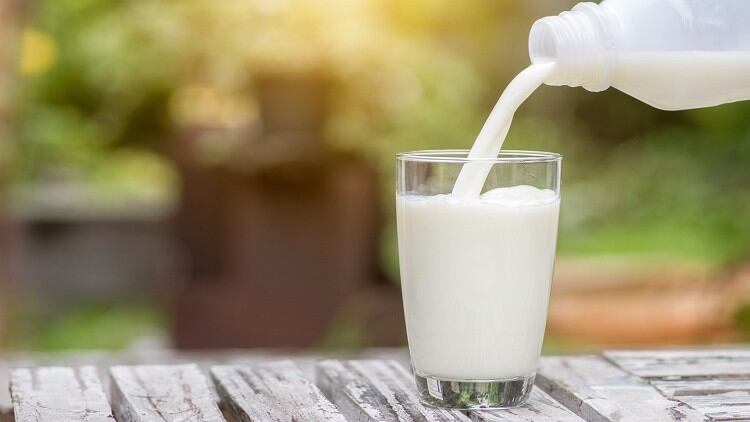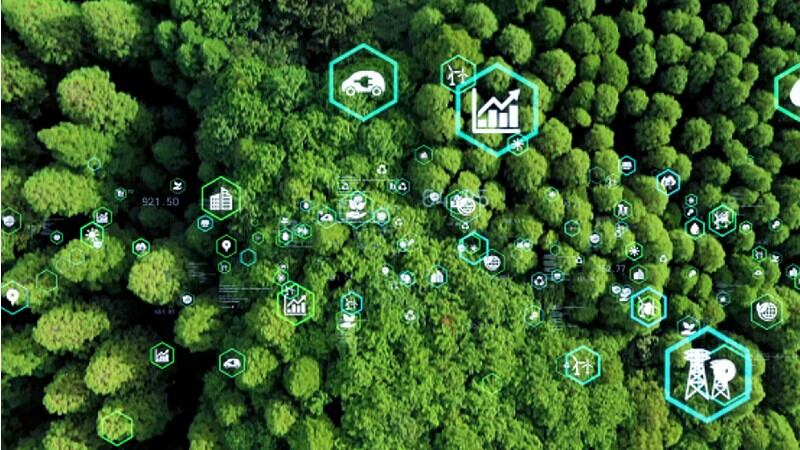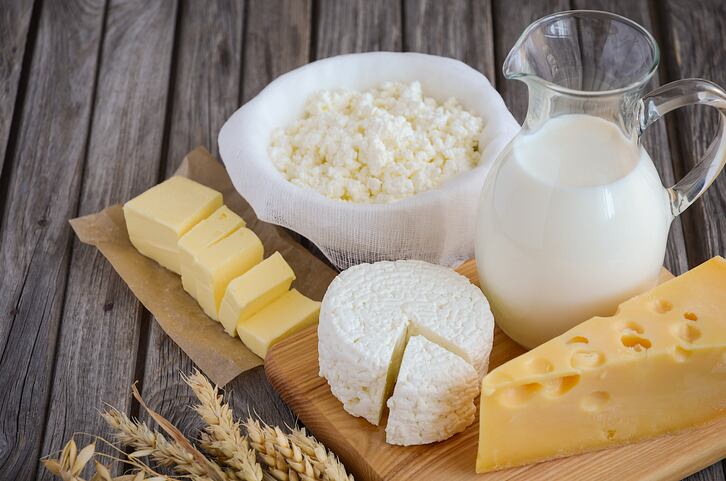Government statistics have shown that dairy consumption in South Korea has increased by some 46.7% over the past two decades, but this growth has been largely supported by imported dairy, with the local dairy sector in fact seeing a decline in production over the years.
“Dairy imports have increased significantly by 272.7%, but local milk production has dropped by 10.7% which has in fact led to an overall 29.2% decrease in dairy self-sufficiency for South Korea,” Park Bum-Soo, Director of the Livestock Policy Bureau under South Korea’s Ministry of Agriculture, Food and Rural Affairs (MAFRA), told members of the Dairy Industry Development Committee at a high-level meeting
“Given this progress, [or] lack of it, it is difficult to expect any sort of sustainable development for the local dairy industry.”
Park presented a draft report for a proposed differential pricing system for dairy, which MAFRA believes can help to improve profitability and thus local production and self-sustainability.
“[We believe one area of concern] lies in the current pricing and quota system for dairy, where the prices of raw milk are high but not taking local supply and demand situations into account – this can be improved on,” he said.
“Currently a single price is applied [within the system] but in future if the prices are separated into different categories e.g. raw milk and processed milk with different prices and subsidies, this could improve the situation.
“[Our estimations show] that a differential pricing system would increased dairy farmer income from the current amount of around KRW162mn (US$138,000) to around KRW163mn (US$139,000) [and also] improve the dairy self-sufficiency rate from 48.5% (2.05 million tons) in 2019 to 50.4% (2.22 million tons).”
Under the new differential system, the government would also subsidise dairy firms’ purchases of processed milk to support processing happening higher up the dairy supply chain such that profits could flow there.
“The government would subsidise KRW100 to KRW200 (US$0.085 to US$0.17) for dairy firms to purchase processed milk – this support would also help to lower the average purchase costs for dairy firms, and improve their profits,” said Park.
MAFRA expects the local Dairy Promotion Association to kick off the system, by having dairy companies report purchase plans in advance to be approved by the association based on previous dairy needs, demand changes, self-sufficiency and other factors.
Industry reactions
The differential pricing system was met with mixed reactions by the different industry representatives present at the meeting – some, such as Dangjin Dairy Farm Cooperative President Lee Kyung-yong warmly welcomed the proposal, particularly the ministry’s goal towards higher self-sufficiency.
“I agree with the overall framework [and] the goal to hit 51% or more for dairy self-sufficiency – there is a good vision for the dairy industry here,” he said.
Dairy Promotion Association Chairman Choi Hee-jong also supported the system, calling it ‘impressive and meaningful’ for the industry.
No outright rejections were seen, but several industry stakeholders voiced doubts about its feasibility and effectiveness.
One of these was Maeil Dairy Managing Director Lim Geun-saeng, who highlighted that the suggested subsidies might not be sufficient as ‘processed milk needs to be supplied at around KRW400 to KRW500 (US$0.34 to US$0.43) to be competitive [with imported dairy]’.
“I would hope that production costs can be lowered, subsidies increased and that all local dairy companies can devise effective self-rescue measures so that South Korean dairy products can reach the level of international competitiveness,” he said.
This was echoed by Korea Dairy Processing Association Chairman Lee Chang-Beom who highlighted that price adjustments may not be sufficient to change the situation.
“It is also necessary to adjust the amount of milk in the market when market demand fluctuates – if no steps are taken to alleviate the burden [that oversupply] causes, there is no meaning in improving the [pricing] system].”
The committee is continuing discussions on the proposed system on a provisional two-week basis, which is expected to continue into 2022.





